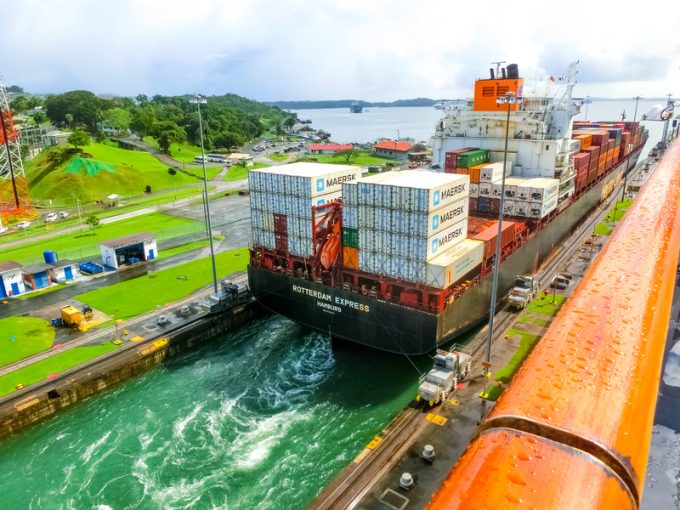Tradelanes: Overcapacity on Asia-S America impacting alliances and rates
Carriers on the Asia-west coast South America trade appear to be on the verge of ...

Hapag-Lloyd expects a “solid recovery” for all of its liner trades this year and into 2021, but short-term, the outlook is uncertain, it said today.
“One can only speculate on where we are going to be in four or eight weeks from today,” said chief executive ...


Comment on this article